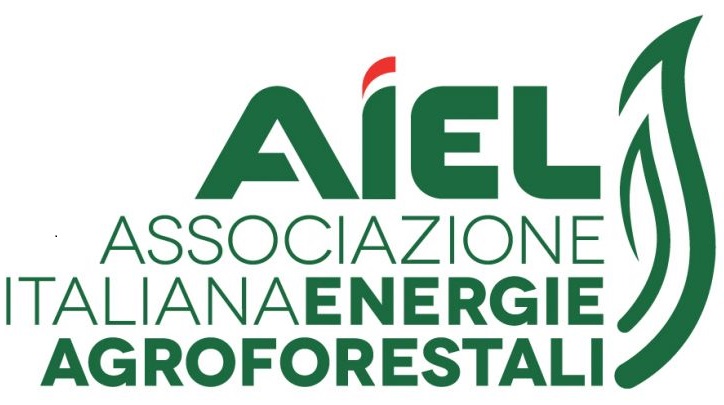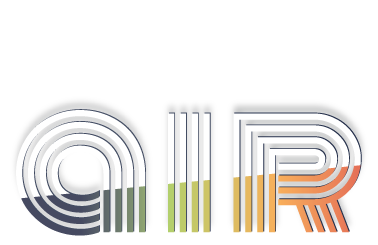5 rules to heat with fire at low emissions
Four videos to tell the 5 actions for heating with wood and low-emission pellets. This time through the faces and voices of AIEL technicians who make their know-how available to the end-users and explain how to use wood and pellets safely, respecting the environment and air quality.
Marino Berton , AIEL coordinator, introduces the issue of emissions from biomass heating responding to all those who still want to use this system but without polluting. And the answer is divided into 5 points:
- Scrapping of old appliances and replacement with modern and efficient ones
- Use of high-quality, certified wood and pellets
- State-of-the-art installation by qualified personnel
- Periodic maintenance by qualified technicians
- Good practices for the daily use of appliances
Annalisa Paniz , General Affairs Director of AIEL, pays particular attention to the issue of replacing old systems with new and high-performance appliances, preferably those certified ariaPulita ® with at least 4 stars, and explains in details the ‘Conto Termico’ incentive, which covers up to 65% of the necessary investment.
Matteo Favero , EN plus ® and ariaPulita ® certification manager , tackles the issue of pellets by focusing on EN plus ® , the first certification in the world for this biofuel. Using certified quality material is important because it is the only way to guarantee: clean and efficient combustion, in compliance with current regulations, with a view to saving on heating costs.
Finally, Andrea Argnani , Technical Referent of the Professional Biomass Producers Group, talks about firewood, a renewable biofuel with CO2 emissions 10 times lower than fossil sources. But also for firewood it is important to pay attention to quality; here the Biomass plus ® certification comes to the aid of the end-users by guaranteeing the high quality of the product and therefore a cleaner combustion.
Quattro video per raccontare le 5 azioni per riscaldarsi a legna e pellet a basse emissioni. Questa volta attraverso i volti e le voci dei tecnici di AIEL che mettono a disposizione del consumatore finale il loro know how e spiegano come utilizzare legna e pellet in sicurezza, nel rispetto dell’ambiente e della qualità dell’aria.
Marino Berton, coordinatore di AIEL, introduce il tema delle emissioni dal riscaldamento a biomassa rispondendo a tutti coloro che ancora vogliono utilizzare questo sistema ma senza inquinare. E la risposta si articola in 5 punti:
- Rottamazione dei vecchi apparecchi e sostituzione con generatori moderni ed efficienti
- Impiego di legna e pellet di qualità certificata
- Installazione alla regola dell’arte da parte di personale qualificato
- Manutenzione periodica da parte di tecnici abilitati
- Buone pratiche di uso quotidiano del generatore
Annalisa Paniz, Direttore Affari Generali di AIEL, dedica particolare attenzione al tema della sostituzione dei vecchi impianti con generatori nuovi e performanti, meglio se certificati ariaPulita® con almeno 4 stelle, e spiega nel dettaglio l’incentivo Conto Termico, che arriva a coprire fino al 65% dell’investimento necessario.
Matteo Favero, Responsabile certificazioni ENplus® e ariaPulita®, affronta il tema del pellet ponendo l’attenzione su ENplus®, la prima certificazione al mondo per questo biocombustibile. Usare materiale di qualità certificata è importante perché è l’unico modo per garantirsi: una combustione pulita, nel rispetto delle normative vigenti, ed efficiente nell’ottica del risparmio sui costi di riscaldamento.
Andrea Argnani, Referente tecnico Gruppo produttori professionali di biomasse, infine, parla della legna da ardere, biocombustibile rinnovabile con emissioni di CO2 10 volte inferiori rispetto alle fonti fossili. Ma anche per la legna da ardere è importante fare attenzione alla qualità; ecco che la certificazione Biomassplus® viene in aiuto al consumatore finale garantendo l’elevata qualità del prodotto e quindi una combustione più pulita.

